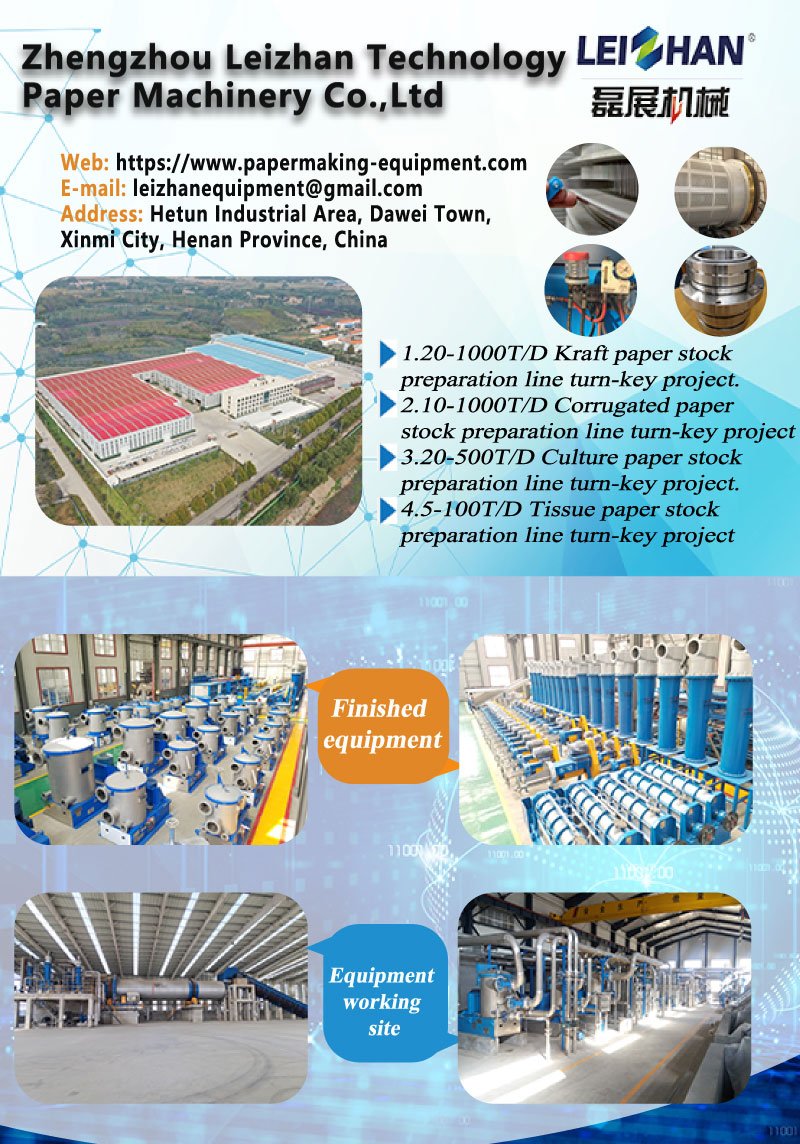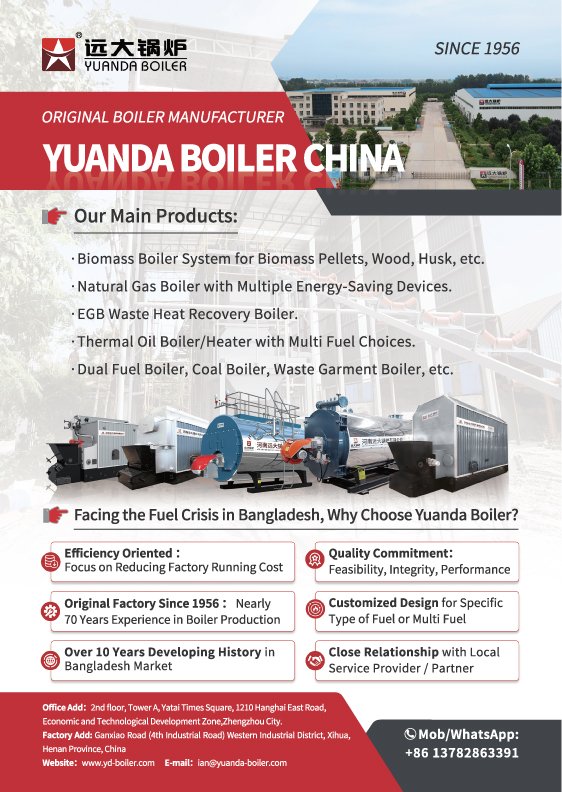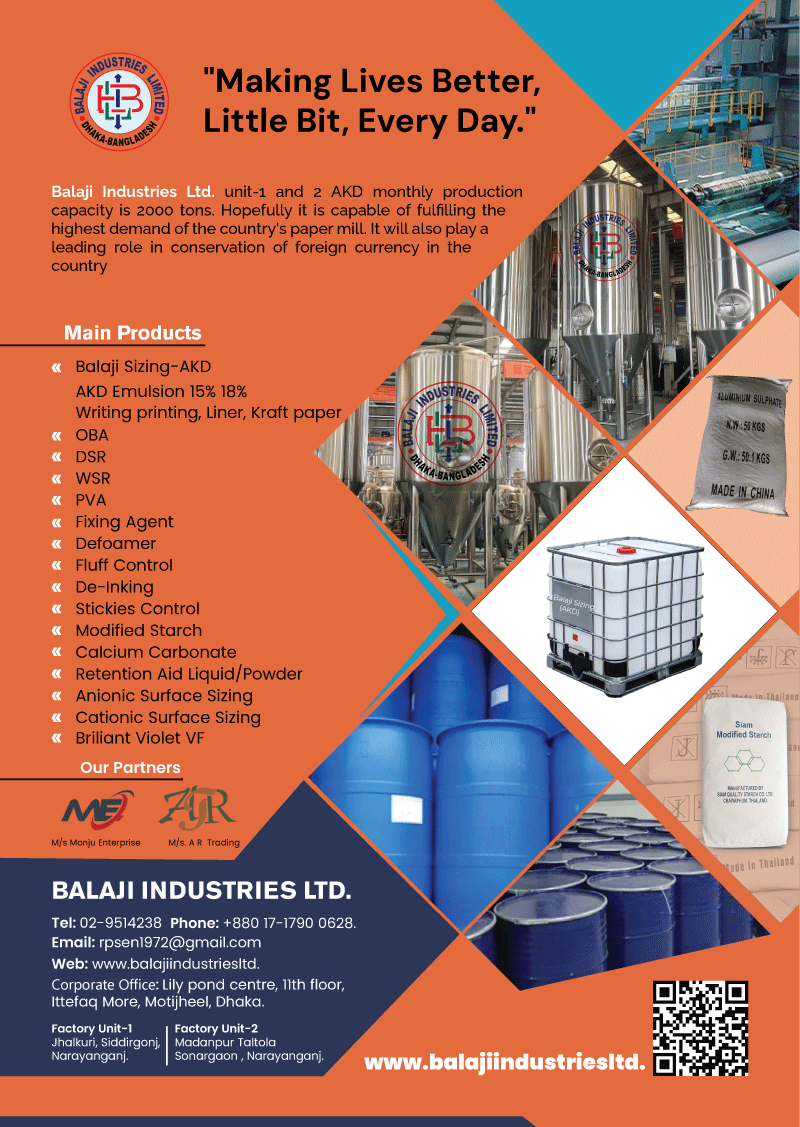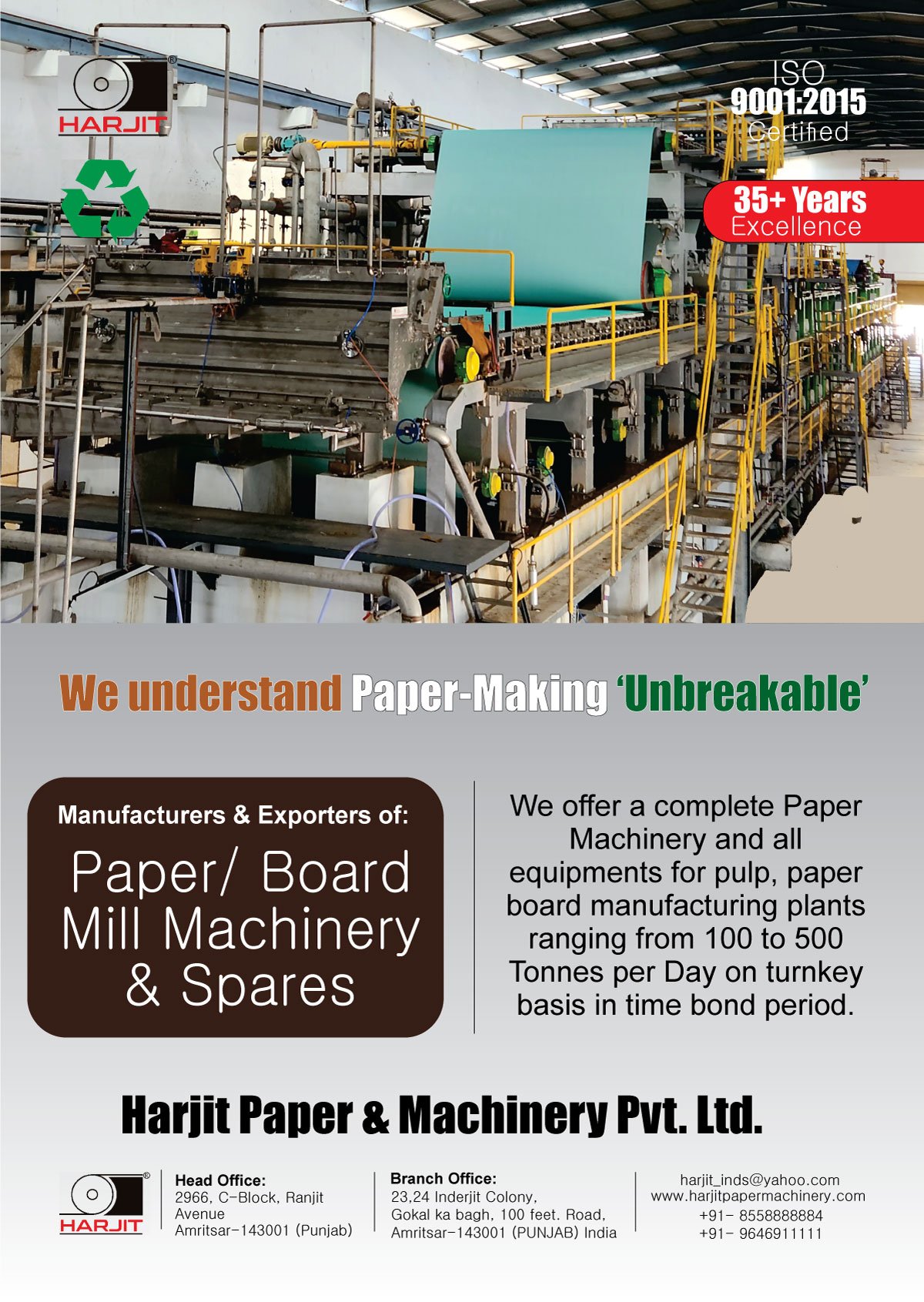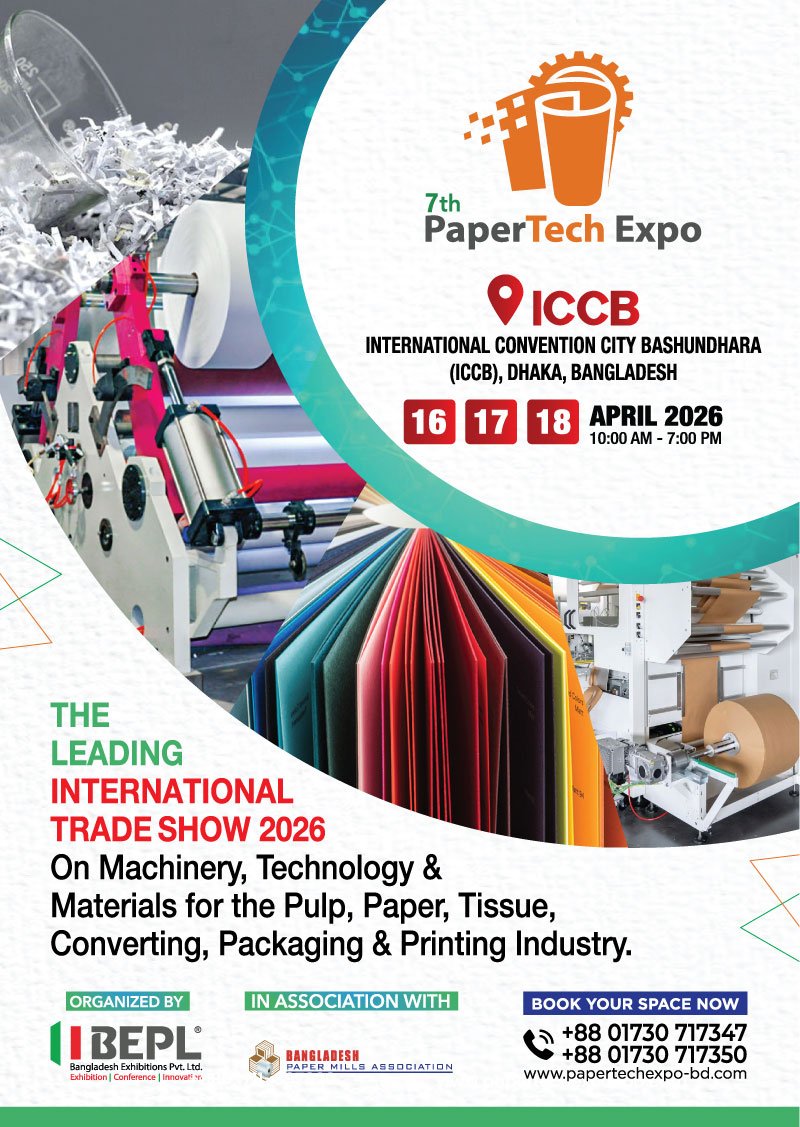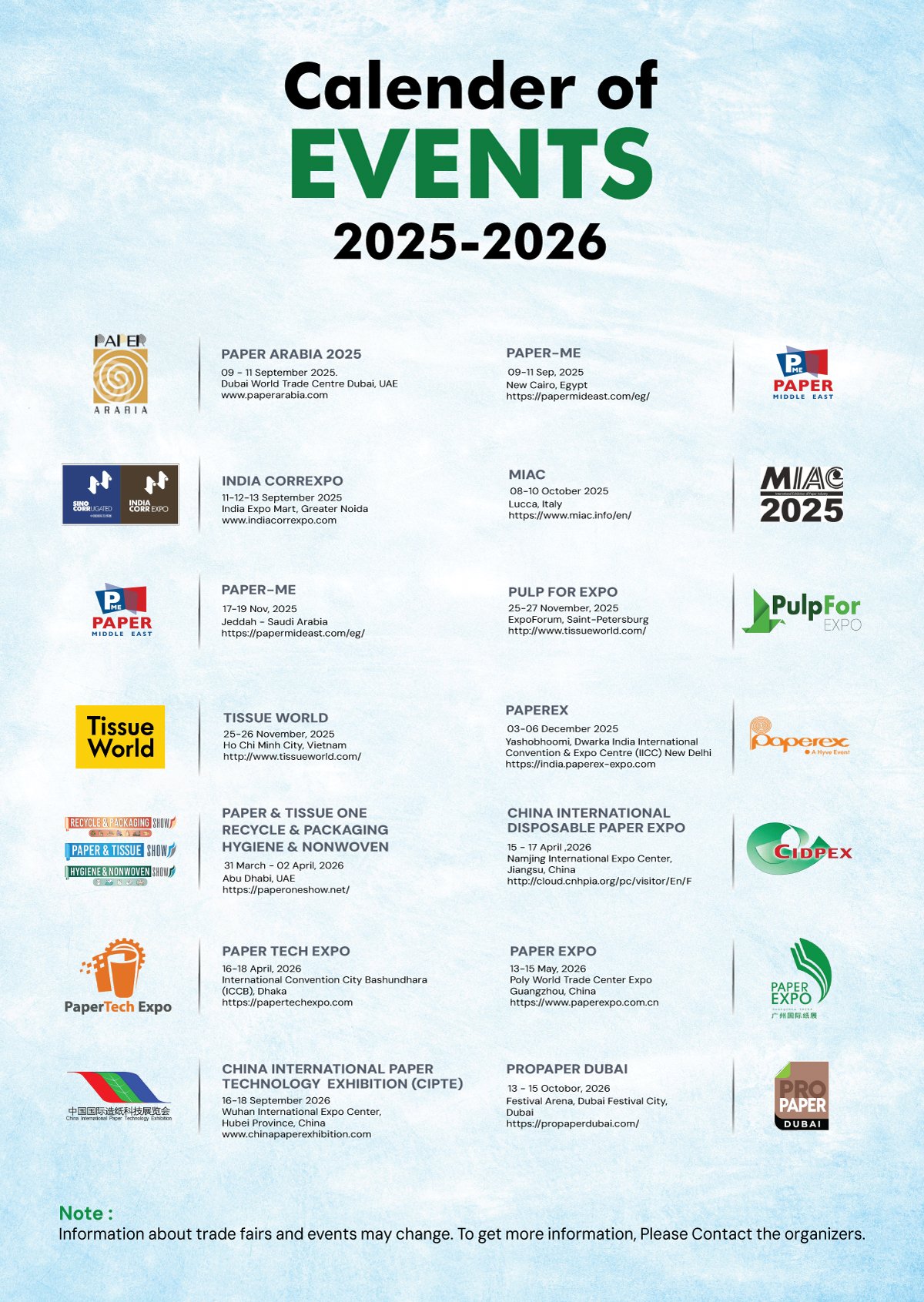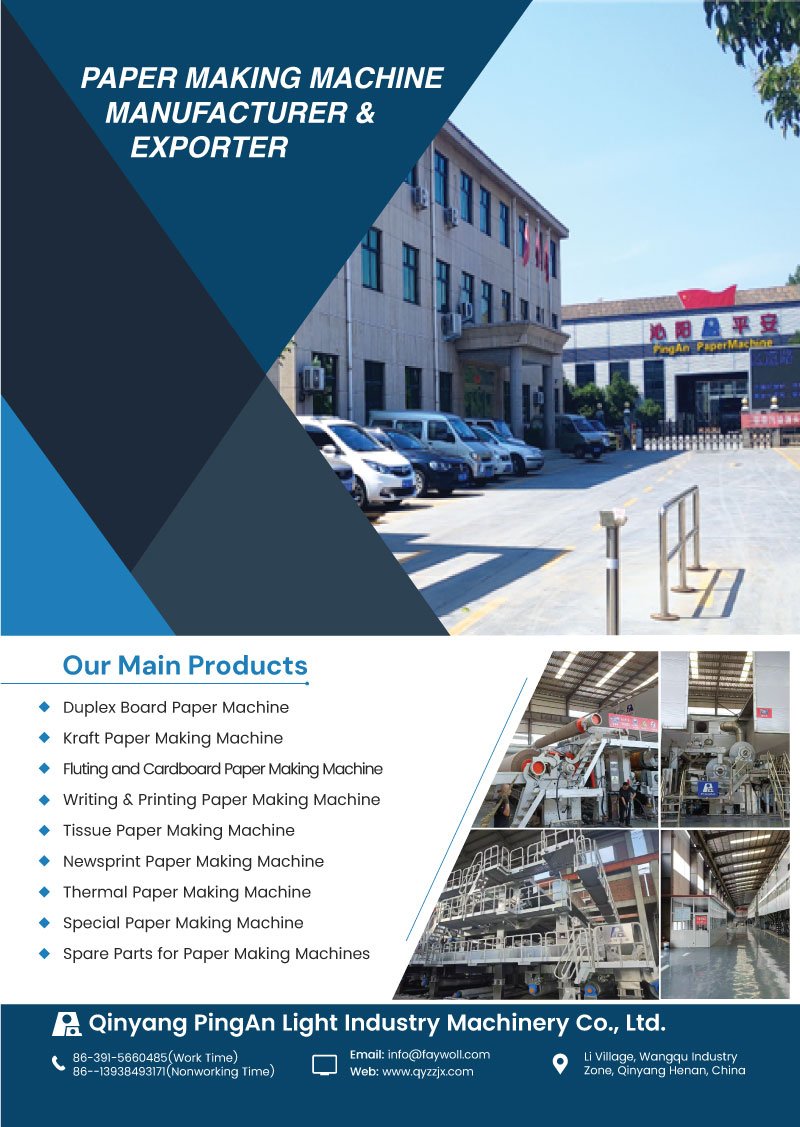Use of Dyes (Color) and pigments in paper making process (Part-1)

Different types of the paper shade are white and another some shade of colored. Some are brighter than others paper. Paper industries are widely using color or dyes and pigments from long times. As the growth of paper industries is increased tremendously, dyes and pigments is widely using for various grades of paper. The main forms of colorant are dyes and pigments. Dyes and pigments are substances that impact color to use materials. The major dyes that used in paper industries are cationic direct dyes and sulfur dyes which will be described in part-2. Additionally basic and acid dyes are also used in the paper industry. Dyes are applied to impart color to writing and printing paper colored papers, special papers, tissue paper such as Facial Napkin, Towel, Toilet etc, Photo-copiers paper, Board or Cover papers, Decorative papers, Laminated papers, Packaging grades papers, Kraft, corrugated, Envelope grades, Specially papers like posters, laundry tog, labels ,textiles etc. Colorants are also used in plastic, paints rubber and leather industries.
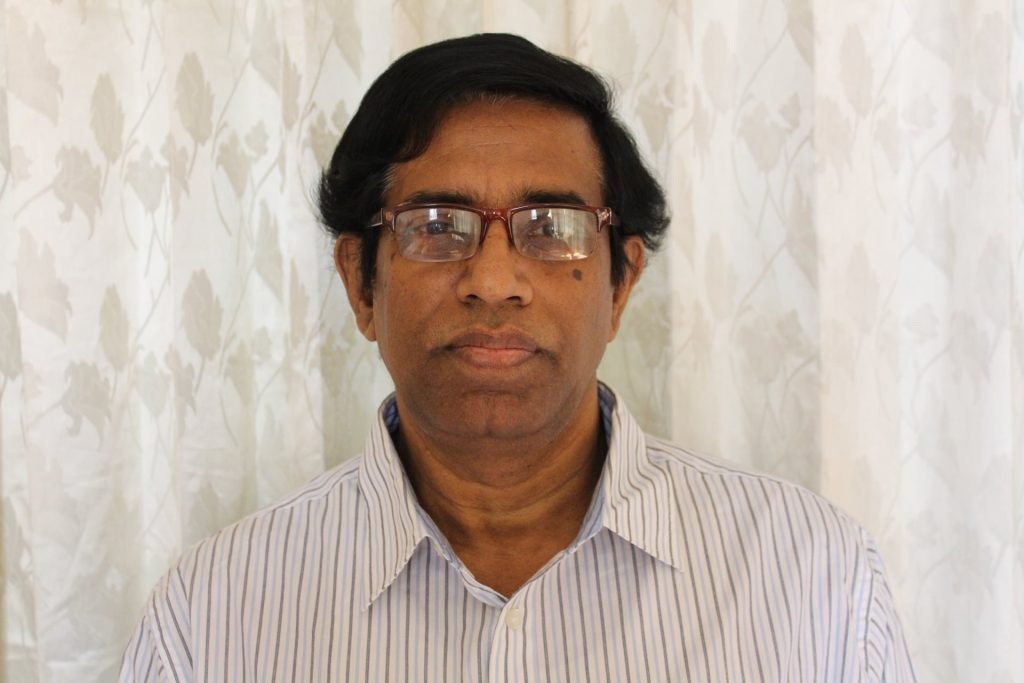
Types of coloring materials:
There are two basic ways that paper are colored:
1. Dyes and 2. Pigments
What is Dyes?
A dye is a colored substrate that chemically bonds to the substrate to which it is to be applied and bonded chemically. The dyes are soluble in water medium.
There are three primary colors as blue, red and yellow. Three secondary colors are green, orange and violet. They are formed by addition of equal mixture of two primary colors. Six tertiary colors are red- orange, yellow-orange, yellow-green, blue-green, blue –violet, red-violet which are formed by mixing of a primary with secondary dye. It is found that light yellow and light blue colors paper were the easiest to read .Actually it could be read in all lighting conditions.
What are pigments?
Pigments are colored inorganic compounds that are insoluble in water medium. Pigments have higher particle size than dyes. Inorganic compound does not contain carbon. Pigments are two types that are organic and inorganic compounds. Pigments are used in printing inks, paints, ceramic and plastics. They are applied by using dispersion in a suitable medium. Most pigments used in paper are also organic compounds. Pigments are used for coloring fabrics like cotton, wool, manmade fibers due to their excellent light fastness.
Color Strength and brilliancy: The strength of colored dyes and pigments is distinguished by the depth of shade to a lighter from a deeper or heavier shade. This is commonly done on percentage basis. In coloring the difference between a brighter sample and a duller sample is described by brilliancy.
Shade: The primary color orientation is shown in fig-1.Shades of paper are selected on the basis of these primary colors. A blue shade can be described as greener as or redder than another blue. This shade will be stronger or brighter. Greener would mean that it is on the greener side and contain more yellow. Adjacent color is produced when two primary color on both side of adjacent color are mixed together. When yellow are added to red, it will produce orange color and blue added to yellow, produce green color. The centre of the circle is black, grey or dull.
Commonly used pigment in paper industry:
Besides dye, pigments plays an important role in paper industry and its have also vital role in paint industry. Commonly used pigments are fluorescent pigment dispersion groups, standard pigment dispersion group & the specialty pigment coating class of pigments.
Problem with Pigments:
Pigments are solid particles. Sometimes, the solid particles are deposited on fibers. They have no affinity to the fibers and are fixed to the fabrics with the help of fixing agents. Organic pigments have lower hiding power but greater tinting strength than inorganic pigments. However, pigments has good opacity, good covering power, good mixing ability with oil and chemically inert.
Problems with dyes:
There are many variables that affect shade of color such as furnish, water, pH, broke, fillers, sizing, freeness of pulp, order of addition etc. Water quality affects the shade of paper. Dyes colored white water. If not control white water can caused shade variation of paper. Dyes have high bleeding effect, occurs also migration or burning. In drying system shades of colure changed partially. When a dye is used, its tendency for coloring of white water generated from paper machine resulting in problems when switching over the paper production with a different color. It makes waste water treatment more problematic. Colored paper machine white water also makes environmental risk.
It is seen that bleached pulp gives good results color of paper, but deinked pulp does not bring good results due to the presence of residual amounts of printing inks. Similar phenomenon also happened for mechanical pulp. Freeness of pulp has an effect on the shade of paper sheet. Any change in refining stage will cause shade variation with particular lot of production. The control of pH in the process is very important for maintaining the shade variation of paper. If mills uses own broke which is not mixed properly with the main pulp slurry, there will be occurred shade variation.
Mechanism of dying: The coloring mechanism of paper making cellulose fibers is complicated. The physic-chemical properties of dyes on fibers play a vital role. During the dyes application, a dye interacts physic-chemically with fibers. Dyes with a fiber can forces binding due to inter-molecular on ionic nature resulting from electrostatic charges. A dye may also precipitate on the fiber surface.
Binding of dye with intermolecular forces takes place as a result of co-operation between π (pai) electrons of the dye with electrons of the cellulose hydroxyl group. Anionic direct dyes work according to same rule. Van der waals forces, hydrogen bonds and aggregation ability of dyes within the amorphous regions of fibers are the most important types of direct dyes-cellulose interactions. Suitable affinity of dyes to the cellulose fibers is usually attracted by increasing size of dye particles and maintaining at the same time with a flat and linear structure of the dyes particles.
Ionic strengths arise between the negative charge of cellulose fibers and cationic products such as cationic direct dyes. The dyes can also be precipitated on fibers as deposits formed as a result of the reaction with the fixing agents, formic acid or acetic acid or alum.
Difference between dyes and pigments:
Dyes and pigments are substances that impart color to material. Sometimes the term colorant is used for both dyes also called dyestuff and pigments. Both dyes and pigments are powerful colorants. Difference between dyes and pigments are mentioned below.
References:
1. Blus,K. Czechowski,J.& Kozirog, A. New Eco-friendly Methods for Paper Dying. Fibres & Textiles in Eastern Europe 2014,Vol 22.5(107) p121-125.
2. Drzewinska E. The Influence of Pulp on the Colour of Dyed Papers. Fibres & Textiles in Eastern Europe January/March 2008 Vol.16.No.1 (66) 103-107.





